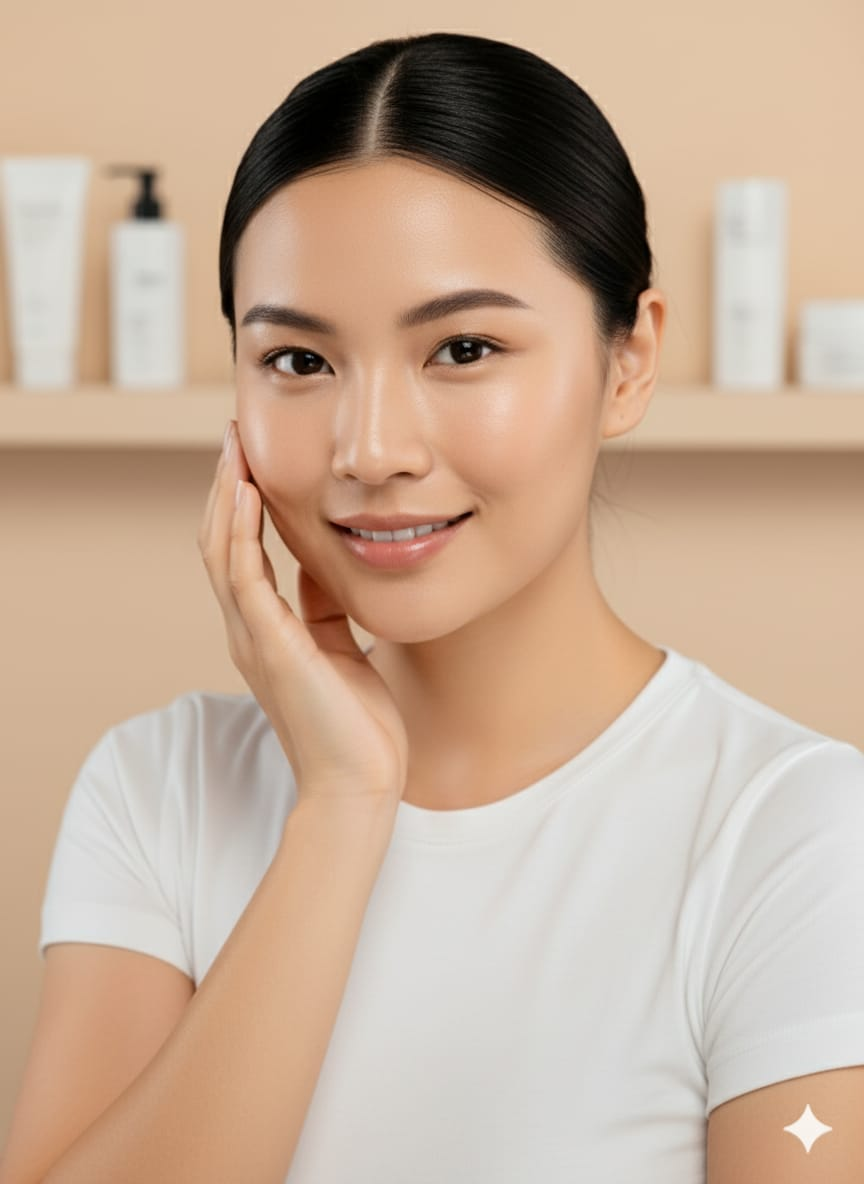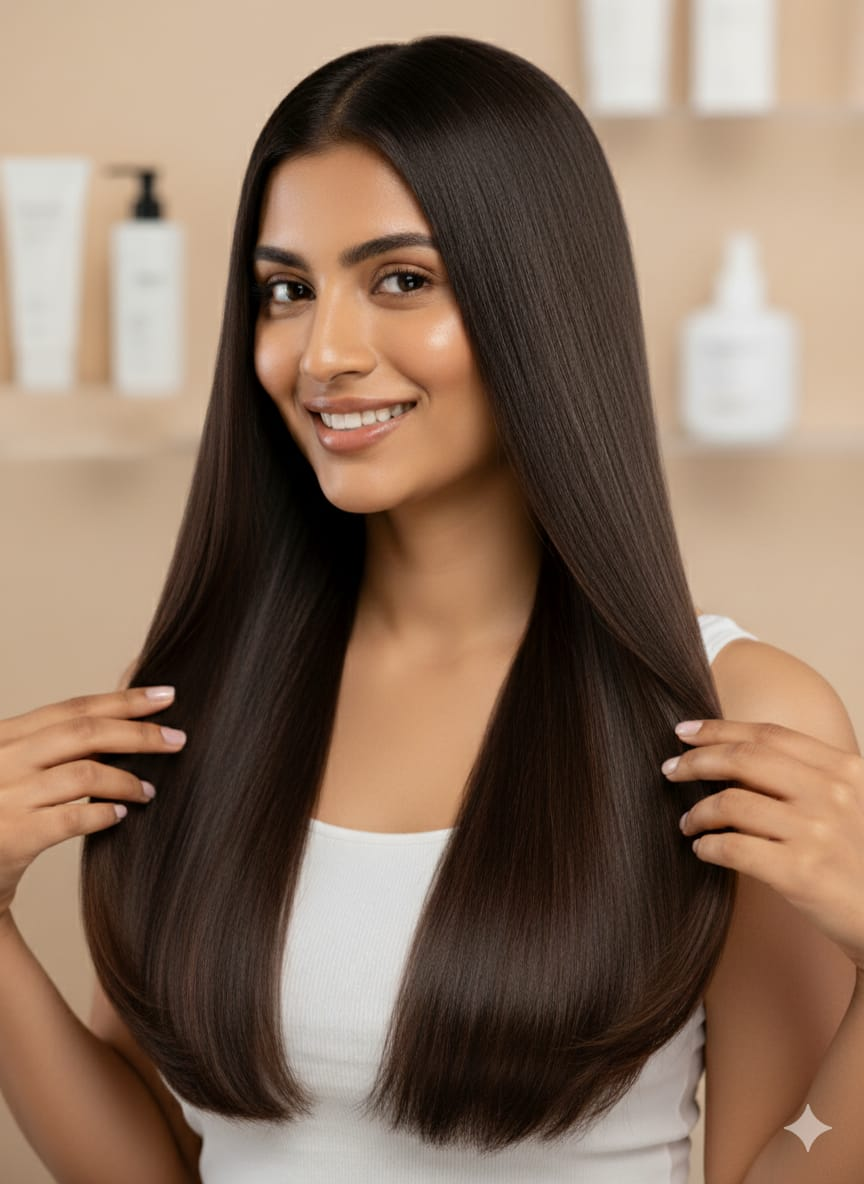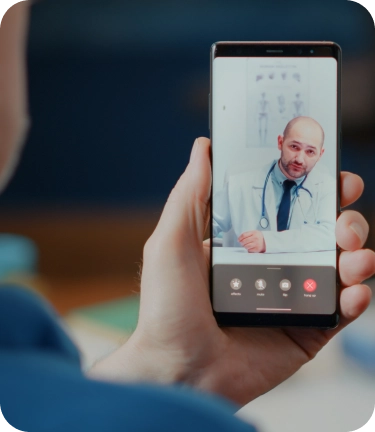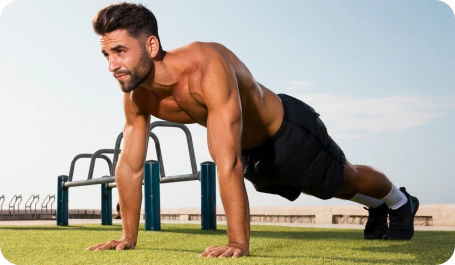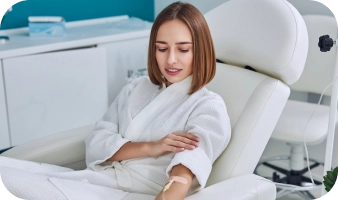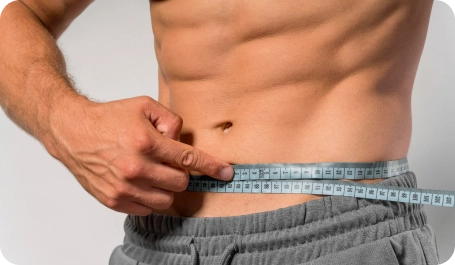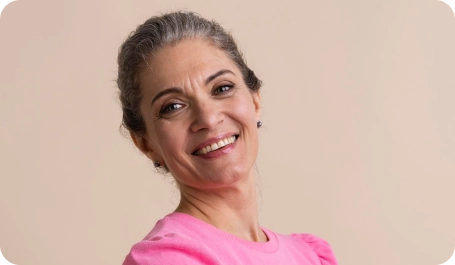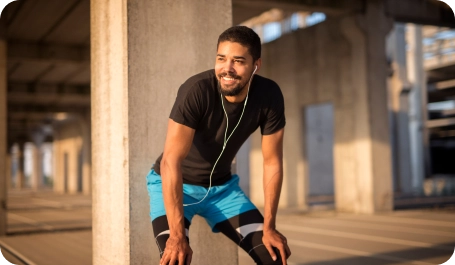Anti-Ageing & Youthful Vitality Treatments
As we age, our skin naturally becomes thinner due to the breakdown of collagen and elastin. This leads to a loss of volume in the facial tissues, causing sagging, and a decrease in blood supply to the skin, resulting in a dull complexion and the development of fine lines and wrinkles. In your 20s and 30s, you may notice acne and pigmentation concerns, with fine lines beginning to appear. Factors like poor nutrition, dehydration, stress, and lack of sleep can accelerate these changes, which gradually worsen and may become more permanent. In your 40s and beyond, signs of ageing typically become more prominent.
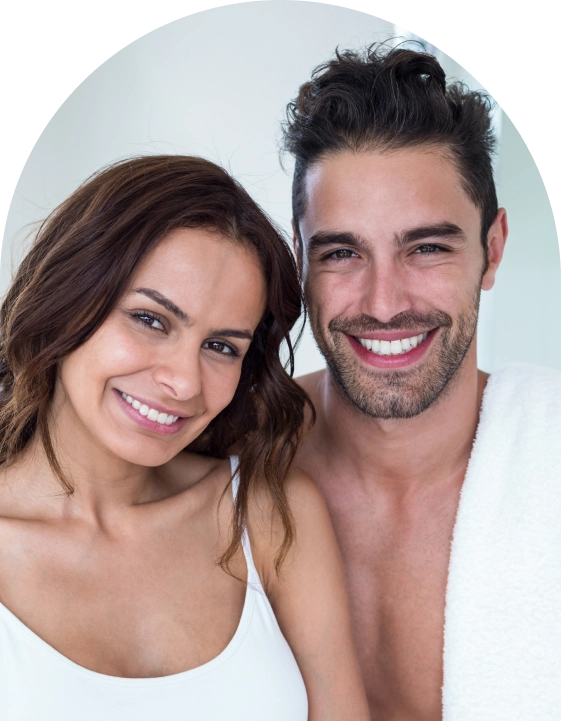
Why is Anti-Ageing Treatment Important?
Repeated facial expressions over a lifetime, along with environmental factors such as sunlight and UV radiation, poor sleep, and dietary habits, contribute to skin and tissue elasticity loss. This causes the cheeks to descend, creating a depression between the eyes and cheeks and softening the jawline, leading to jowls. The effect of gravity further contributes to facial drooping. Fine lines and wrinkles progress from dynamic (visible during expression) to static (visible at rest), which may give a tired or aged appearance. In advanced cases, hanging folds of skin can develop along the face and neck.
Simple daily habits like using facial scrubs, applying sunscreen, staying hydrated, and maintaining a healthy diet can slow down the skin ageing process.
How Does NuHealth Help You?
At NuHealth, we aim to help you discover a refreshed version of yourself through comprehensive and holistic anti-ageing treatments. Our therapies are customized to address your unique needs through a personalized treatment program.
Botox :
Facial wrinkles develop due to repeated muscle movements such as frowning, squinting, and laughing. Botox relaxes these muscles, giving the face a rejuvenated, smoother appearance. The treatment is quick, noninvasive, and allows patients to return to their daily routine immediately. Results appear within days and last between 3 to 6 months. Botox treatment targets areas like crow’s feet, drooping eyebrows, forehead lines, frown lines, and deep creases around the mouth. Newer Microbotox techniques avoid the “frozen” look and can also rejuvenate neck skin. Botox is also used to treat excessive sweating of hands, feet, and armpits.
Fillers:
Injectable fillers restore volume to ageing facial areas using biocompatible substances like collagen or hyaluronic acid. These gels attract and retain water, lifting the skin and improving firmness, typically lasting several months before gradually absorbing. Fillers can augment cheeks, nose, chin, lips, jawline, and reduce deep facial creases and temple hollows. Follow-up treatments are generally needed annually or every nine months after lip treatments.
Growth Factors (PRP/GFC):
These therapies use your body’s own healing components to promote skin and hair rejuvenation. Growth factors stimulate the proliferation of specialized cells important for tissue repair. Isolated and concentrated from your blood, they are injected to improve facial and neck skin, reduce scarring, promote hair regrowth, and assist with conditions such as under-eye dark circles, pigmentation, vitiligo, sports injuries, and osteoarthritis. Treatments are outpatient procedures, approximately one hour long.
Threadlifts:
Threadlifts use specialized surgical sutures to lift sagging facial tissues or stimulate skin rejuvenation. This minimally invasive procedure can be repeated as needed and treats areas including the forehead, eyebrows, cheeks, jowls, mid-face, and neck folds. Suspension threads with cogs lift and hold tissues, while smooth threads promote collagen formation.
Facial Rejuvenation:
Non- to minimally invasive treatments such as laser therapy, microdermabrasion, chemical peels, Botox, fillers, and growth factor injections are popular for restoring skin volume and rejuvenating facial and neck skin.
Benefits
Benefits of Anti-Ageing Therapy
RESTORATION OF FACIAL VOLUME
THROUGH FILLERS OR FAT TRANSFER
THROUGH FILLERS OR FAT TRANSFER
SKIN REJUVENATION USING PRP, GFC, FILLERS, AND OTHER THERAPIES
REDUCTION OF WRINKLES WITH BOTOX
IMPROVED SKIN TEXTURE AND YOUTHFUL APPEARANCE
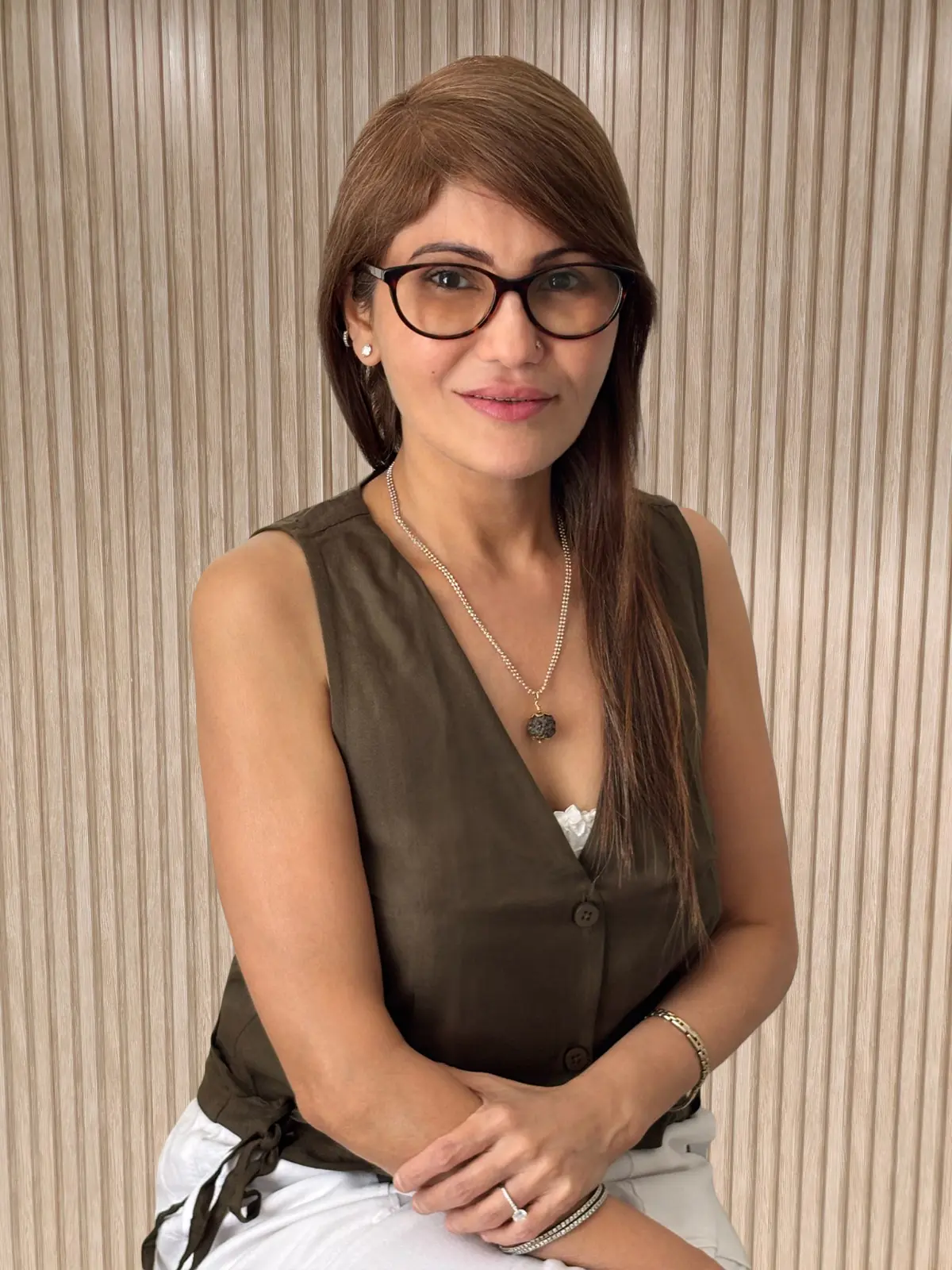
Our Expert
Dr. Anuya
Dermatologist & Aesthetic Physician
Dr. Anuya is a highly skilled dermatologist and aesthetic physician with over 17 years of clinical experience in skin and hair treatments. She specializes in advanced procedures including Botox, dermal fillers, laser therapies, PRP, and non-surgical facelifts. Throughout her career, she has helped many patients with acne, pigmentation, scars, and hair loss using state-of-the-art techniques. Dr. Anuya is an Allergan-certified medical trainer and has presented internationally on aesthetic procedures, showcasing her expertise and leadership in the field. Known for her patient-centered approach, she emphasizes preventive skincare and holistic wellness, creating personalized treatment plans to achieve natural, lasting improvements. Her dedication to ongoing education ensures adoption of the latest advancements for superior patient outcomes.
FAQs
How soon will I see results from anti-ageing treatments?
Results vary by treatment type. Botox effects may appear within days, while fillers and growth factor treatments may take a few weeks for full results.
Are these treatments safe and minimally invasive?
Yes, all therapies offered at NuHealth are minimally invasive, medically supervised, and designed for safety and effectiveness.
How long do the effects of these treatments last?
Botox typically lasts 3-6 months; fillers generally last several months to a year; growth factor therapies and threadlifts vary depending on individual response.
Can I combine different anti-ageing treatments?
Yes, many clients benefit from combining therapies such as Botox with fillers or PRP to achieve natural and comprehensive rejuvenation.
Will I need regular maintenance treatments?
Most treatments require periodic follow-ups to maintain the desired results. Your customized plan will include maintenance schedules tailored to your needs.
